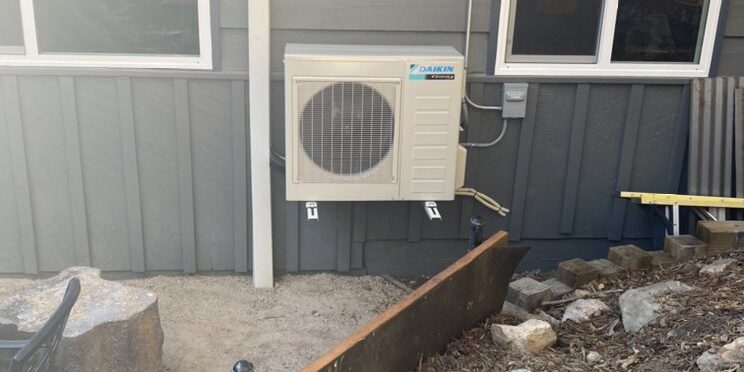Com Air, once a leader in the aviation industry, is now entangled in a labyrinth of obstacles that have weakened its once-dominant market position. From flight schedule disruptions to financial difficulties, the airline’s problems have left passengers and stakeholders searching for solutions. In this blog, we will deconstruct the fundamental factors that have led to Com Air’s current predicament and investigate the underlying causes.
Mismanagement and Leadership Crisis
Mismanagement and a leadership crisis lay at the heart of Com Air’s problems. Internal conflicts, indecision, and an inability to adapt to a swiftly changing aviation environment have all contributed to the airline’s demise. Com Air lacks a strong guiding force due to the absence of a distinct vision and cohesive leadership, resulting in decisions that are frequently reactive rather than proactive. This has rippled through the airline’s operations, employee morale, and ultimately consumer satisfaction.
Financial Struggles and Debt Load
The tumultuous financial landscape has presented Com Air with a significant obstacle. The airline’s financial stability has been severely compromised by escalating operating costs, volatile petroleum prices, and a growing debt burden. Com Air has been unable to invest in modernizing its fleet or enhancing its services due to its low profit margins and inability to generate sufficient cash flow. As a result, the airline has fallen behind its competitors and has struggled to provide passengers with an appealing value proposition.
Aging Fleet and Maintenance Issues
Aged Fleet and Maintenance Concerns Com Air’s aging fleet and maintenance-related concerns are also major contributors to the airline’s difficulties. Not only has the airline’s reluctance to invest in newer, more fuel-efficient aircraft hindered its ability to achieve cost reductions, but it has also increased its maintenance needs. Older aircraft necessitate more frequent maintenance and lengthier downtimes, which disrupt flight schedules and increase passenger annoyance. In addition, the lack of timely maintenance has raised safety concerns, negatively affecting the reputation of Com Air.
Fierce Competition and Market Saturation
In today’s cutthroat aviation industry, Com Air faces unrelenting competition from both established airlines and low-cost carriers. As the market becomes more saturated, airlines compete for the same consumers, resulting in price wars that further erode profit margins. The inability of Com Air to differentiate itself and develop a unique value proposition has caused it to lose market share to competitors. Com Air’s destiny is uncertain in the absence of a compelling strategy to distinguish itself in this competitive environment.
Technological Delay and Digital Transformation
As the world becomes increasingly digitally interconnected, airlines must embrace technology and innovation to satisfy the evolving needs of modern travelers. Com Air has fallen behind its competitors in terms of customer experiences and operational efficacy due to its unwillingness to invest in digital transformation. Passengers are dissatisfied and looking for alternatives due to the lack of user-friendly reservation systems, mobile applications, and personalized offerings. Adopting digital innovations is no longer a luxury for airlines seeking long-term success, but a necessity.
Conclusion
Mismanagement, financial difficulties, an aging fleet, severe competition, and a lack of digital transformation have all contributed to Com Air’s current condition. To overcome these obstacles, the airline must implement a comprehensive reversal plan that strategically addresses each of these core issues. Com Air’s revival will require a focus on effective leadership, solid financial management, fleet modernization, customer-centricity, and technological innovation. Com Air cannot reclaim its position among the successful airlines without a concerted effort to reform its operations and embrace change.




